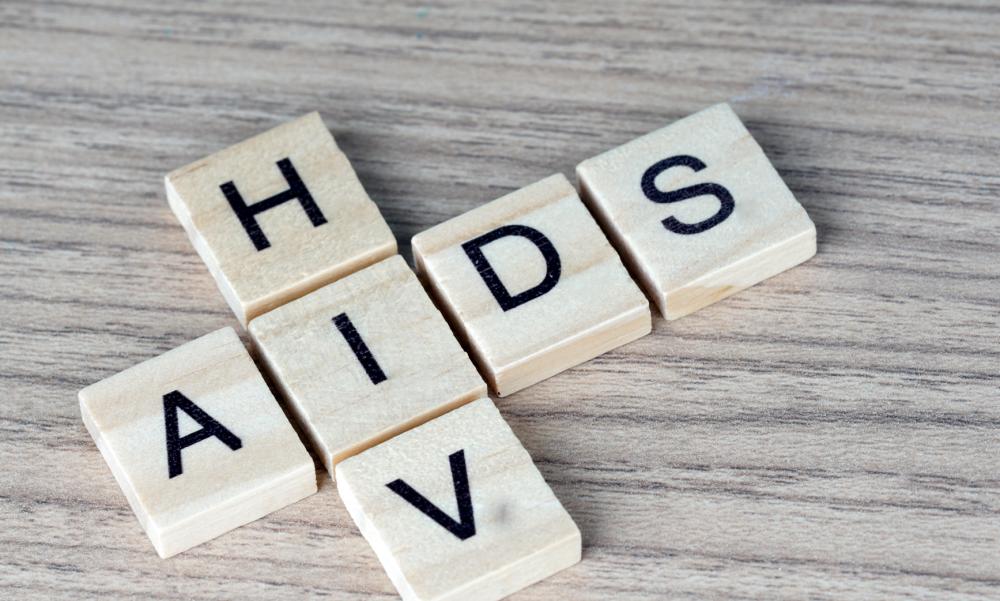Reviewed by: Ping Xingfei (Third Affiliated Hospital of Guangzhou Medical University)
Most people living with HIV will have a rash at some point. This is a common symptom that may occur both early and late in infection.
For many people, this can be one of the earliest symptoms of HIV infection.
The resulting rash should be diagnosed by a doctor, as many factors can cause a rash. Some rashes can be severe and require treatment. The causes of the rash are as follows:
HIV infection;
Other infections or conditions;
drugs.

Image source: Stand Cool Helo
1. Rash caused by HIV infection
Such rashes usually appear as a slight local bulge of the skin. Usually occurs in:
Body or face, occasionally on the hands and feet;
The rash is red for lighter skin tones and purple for darker skin tones.
When an HIV-infected person tries to fight the virus, a rash develops. Early HIV infection can also present with other symptoms such as fever, fatigue, lymphadenopathy, sore throat, headache, muscle aches, and diarrhea.
Such symptoms usually last about two weeks.
Because these symptoms are similar to other common illnesses, such as the flu or allergic reactions, and have a short duration, regardless of appearance or feeling, many people may not realize that this may be a sign of HIV infection.
If you develop a rash and think you may have been exposed to HIV, don't delay. Through blood tests, it is easy to tell if you are infected with the virus.
And once these early symptoms disappear, you may not be paying attention until the other symptoms appear. The earlier the diagnosis, the sooner treatment may be started to stay healthy and prolong life.
Medications can help control hive, but if left untreated, infection can progress to AIDS.
2. Rash caused by other infections
HIV weakens cells that are normally resistant to infection. Over time, HIV-infected people may become less resistant to rash-causing infections.
include:
Molluscum contagiosum. This viral skin infection can induce small flesh-colored lumps that can occur in various parts of the body and rarely on the hands or soles of the feet.
People infected with this type of virus can have 100 or more warts on their bodies. The disease is contagious and can be contagious through skin contact, sharing towels or cloth, and touching the same object.
Also, the lump usually goes away on its own. However, the masses in people with HIV or AIDS may grow larger and more difficult to treat. Treatments for HIV infection may help in ways that boost the immune system.
Herpes virus: Common in HIV-infected people and people with AIDS, and is more stubborn in outbreaks of herpes in people with weakened immune systems. Shingles is a blister-streaked rash that can cause pain.
It can occur throughout the body and more often on the body, arms, legs, and face. After infection with shingles, you should seek medical attention as soon as possible. The sooner you take the drug, the better the effect.
Painkillers and antiviral drugs can reduce the suffering of infected people and accelerate the resolution of herpes. If herpes occurs around the eye area and is untreated, it can cause permanent damage.
Herpes simplex may also occur around the mouth or genitals. Antiviral drugs help treat such herpes.
Kaposi's sarcoma: It is a type of skin cancer. The appearance may be brown, purple, or red, resembling dark spots, and is more common in people with AIDS.
3. Drugs induce rashes
Drugs used to treat HIV and concurrent infections can trigger a rash that resolves more often than days or weeks later.
If the rash is accompanied by fever, fatigue, headache, muscle pain, nausea, vomiting, and abdominal pain, symptoms of "allergic reaction" may occur, and HIV treatment drugs that can trigger the rash include:
Abacavir and drugs containing abacavir;
Dotiravir;
Maravero;
Nevelapine;
Latillave.
If such symptoms occur, consult a doctor immediately.
You should also seek immediate medical attention if you develop the following symptoms:
Skin pain or itching;
Swelling of the tongue and face;
Blisters appear around the skin, mouth, nose and eyes.
In addition, it is not possible to reduce the dosage, discontinue the drug or stop taking anti-drug drugs without medical advice.
Tips:
If you cannot determine the cause of the rash, go to the doctor.
Talk to your doctor about whether to use over-the-counter medications, such as antihistamines or hydrocortisone, to help relieve itching.
Do not use hot showers or baths, and avoid direct sunlight.
*The content of this article is a popularization of health knowledge and cannot be used as a specific diagnosis and treatment recommendation, nor is it a substitute for face-to-face consultation by a practicing physician, for reference only.
*The copyright of this article belongs to Tencent Medical Code, unauthorized media reprinting is prohibited, and illegal reprinting will be investigated for legal responsibility according to law. Individuals are welcome to forward to the circle of friends.
* Welcome to WeChat search and pay attention to the public account "Tencent Medical Code" to get more health science knowledge.